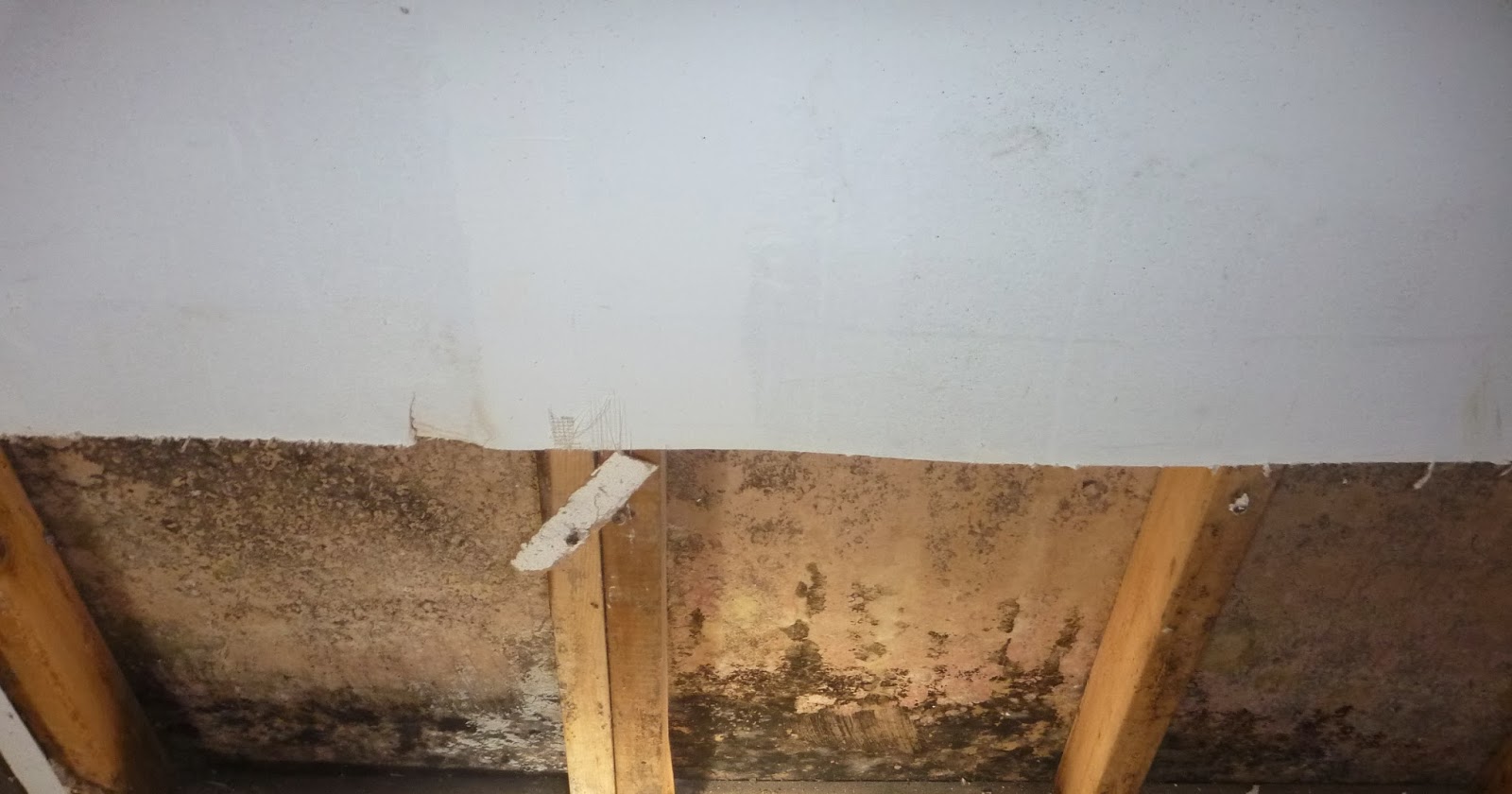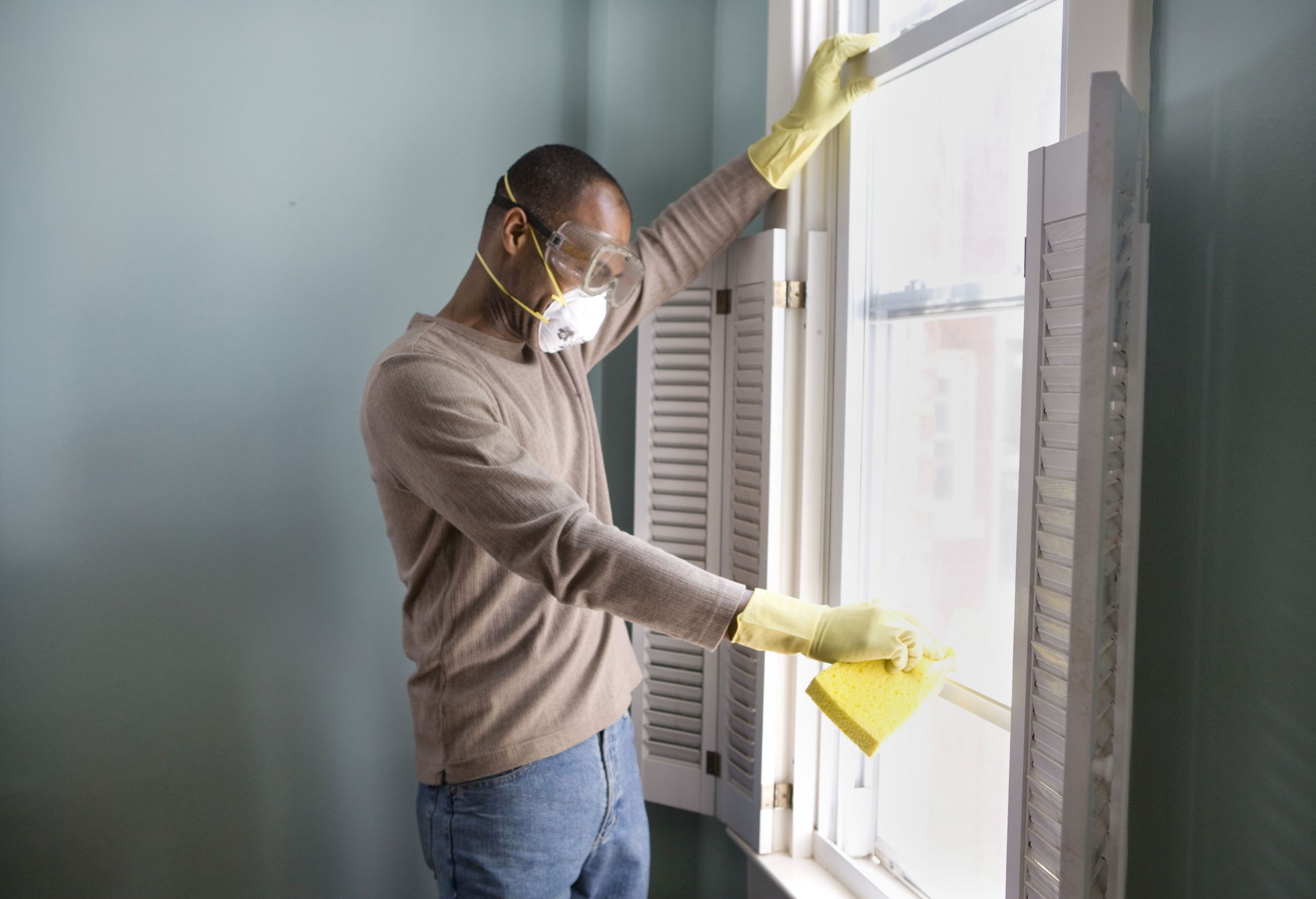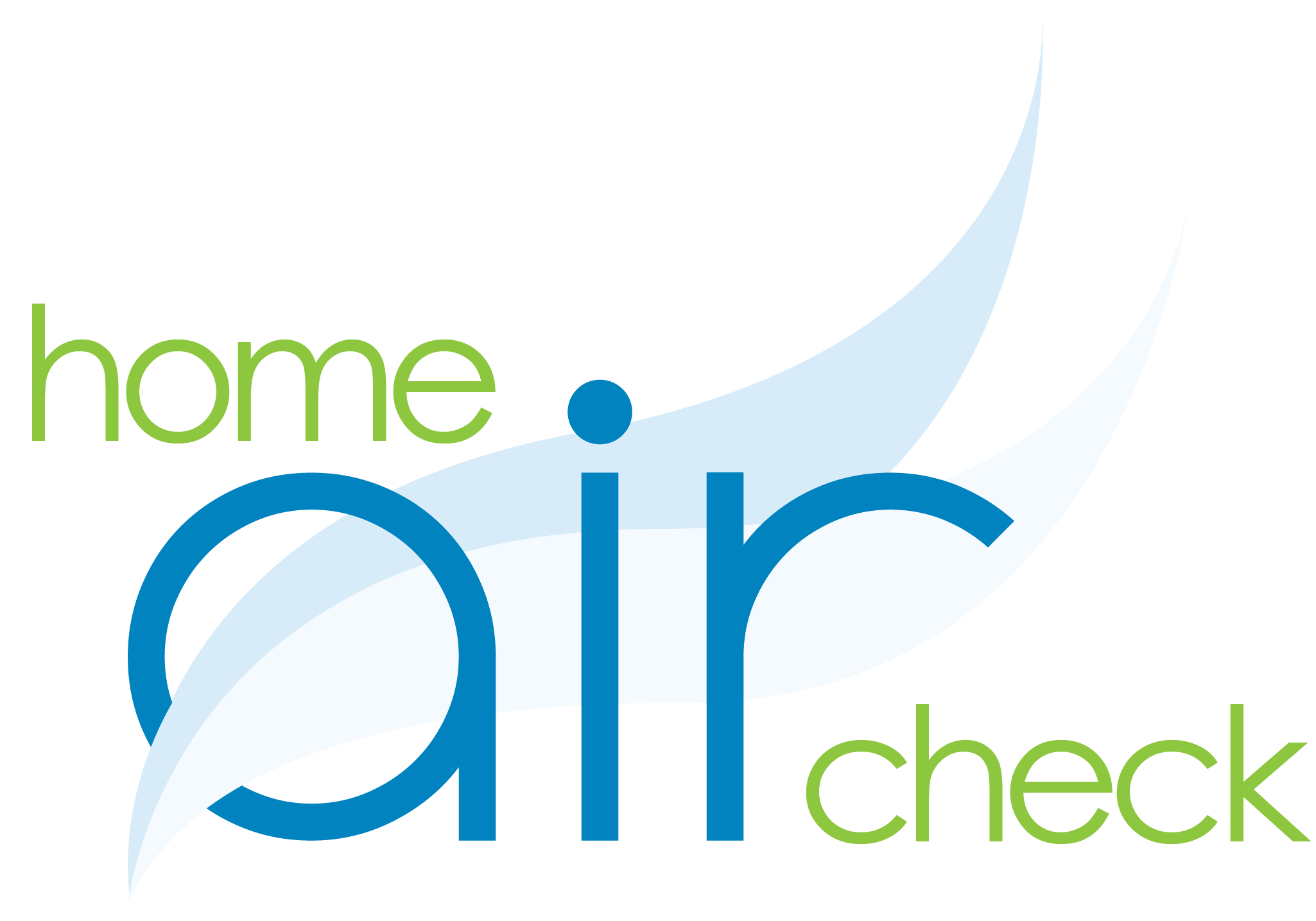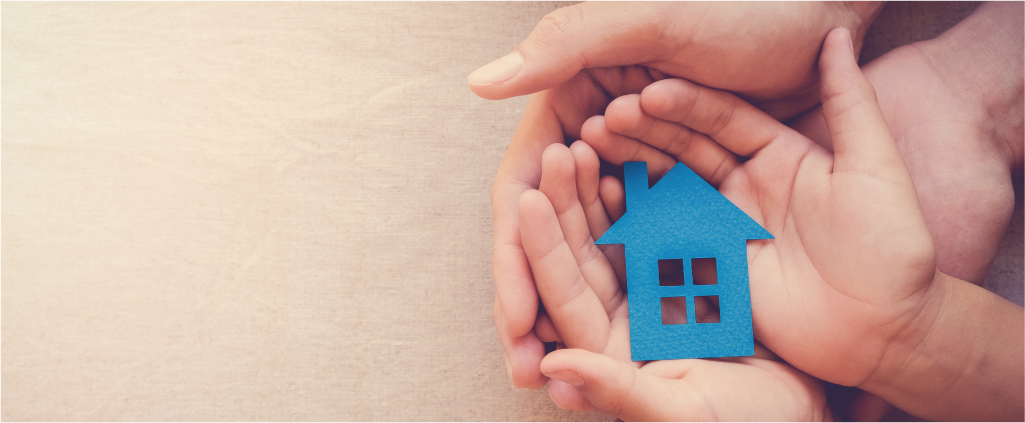The Basics
Molds are microscopic fungi that can be found almost anywhere, both indoors and outdoors. Mold can grow anywhere that satisfies four primary conditions:
- Presence of mold spores – spores are everywhere, and it is very difficult if not impossible to remove them completely.
- Appropriate growth surface or nutrient source – molds are adaptable and can grow on almost any surface; many molds especially like cellulose-based materials (e.g., wood, drywall, insulation, cardboard, paper, carpet, etc.).
- Appropriate temperature – although many molds grow best in warmer temperatures, given enough time, mold can grow at almost any temperature condition.
- Water – this is the most significant and most important criteria since the other conditions are too commonly available to be controlled. The consensus of most organizations with a perspective on air quality (e.g., WHO, EPA, AIHA, ASHRAE, etc.) is that controlling moisture and dampness is the only way to consistently control or limit mold growth.
Moldy Odors
Microbial volatile organic compounds (MVOCs), are substances naturally produced by molds as they grow and digest the surface they are attached to. MVOCs often have strong or unpleasant odors, they can be the source of the “moldy odor” or musty smell frequently associated with mold growth.
Mold has a damp, musty scent—similar to what you’d smell after opening an old book. “In general, smell is not a good way to determine if there is a mold problem,” says Laureen Burton, a staff chemist and toxicologist for the Environmental Protection Agency (EPA). The smell of indoor molds can differ depending on the type of mold, the surface on which it’s growing, and its source of moisture. Plus, she says, some people don’t notice a smell at all.
A moldy or musty odor should be investigated. When you have mold growing hidden away in your house, often a moldy smell might be the only clue that it’s there. Don’t ignore mold odors if you can’t see any mold. You should thoroughly inspect your home before any moisture issues become worse.

Mold can grow undetected in many places:
- inside walls, like in the picture above
- in attics
- in crawlspaces
- under carpet
- under vinyl or linoleum flooring
- under floorboards
- above ceilings
- under wallpaper
- in the insulation in your walls
- in your home’s heating, ventilation and air conditioning system
There are no federal standards (OSHA, NIOSH, EPA) that have been established for mold in residential or commercial buildings, so it is impossible to prove that a building or room complies with any health regulations concerning mold exposure.
What are Mycotoxins?
Mycotoxins are toxic compounds that are naturally produced by certain types of molds (fungi). More than 200 mycotoxins from common molds have been identified, and many more remain to be identified. Only a small number are associated with indoor molds and pose any human health risk. Some of these molds are commonly found in moisture-damaged buildings. The amount and types of mycotoxins produced by a mold depends on many environmental and genetic factors. No one can tell whether a mold is producing mycotoxins just by looking at it.
Mycotoxins are considered semi-volatile compounds. These toxins released by mold do not remain in a gaseous state for long though a small amount may linger. As a semi-volatile the compounds are bigger and heavier resulting in higher temperature needed to move from a solid state to a gaseous state (~400 F). After being released from the mold these toxins quickly condense and attach to other particles in the air and settle on surfaces. For this reason, mycotoxin exposure is typically through skin contact and ingestion of these fine particulates in the home.
**Our test will not analyze for Mycotoxins.**
Health Effects
Symptoms of exposure to MVOCs:
- headaches
- nasal irritation
- dizziness
- fatigue
- nausea
- coughing
- sneezing
- sore, itchy throat
- congestion and runny nose
- sinus headaches
- wheezing and difficulty breathing
- itchy, watery eyes
- irritated, itchy skin
Sensitive individuals should avoid areas that are likely to have mold, such as compost piles, cut grass, and wooded areas. Inside homes, mold growth can be slowed by controlling humidity levels and ventilating showers and cooking areas. If there is mold growth in your home, do not delay remediation.

How can you decrease your mold exposure?
Mold particles are found everywhere; controlling moisture is the key to preventing their growth. Sources within homes, businesses, and schools include leaks through roofs, walls, and basements; condensation on windows and in bathrooms; standing water in drains, on floors, and in heating, cooling, and dehumidifying equipment; heating/cooling ducts; and wet floors and carpets. Preventing mold growth requires preventing leaks, removing standing water, venting areas prone to condensation (especially bathrooms and kitchens), and immediately drying or removing damp carpets and furniture. Mold-inhibiting paints can be used indoors, and air conditioners and dehumidifiers can be used in humid weather.
It is possible to assess the building for mold, beyond a visual inspection, if mold is suspected. However, there is little consensus as to the standards for mold inspectors, testing methods, normal amounts of mold, or reporting formats. This makes it difficult to interpret test results and their potential implications.
Proper personal protective equipment (PPE) is critical when considering removal of mold growth. Large amounts of mold may require specialized containment and removal techniques. The U.S. Environmental Protection Agency described the necessary steps in a document entitled “Mold Remediation in Schools and Commercial Buildings”. However, this document is applicable to mold removal in homes as well.
If mold is clearly present, as determined by visual inspection or a reputable inspector, removal is paramount as it can destroy the materials it grows on and is associated with human health problems. Small amounts of mold on hard surfaces can be removed with commercially available mold and mildew removers. Follow product instructions carefully to avoid breathing fumes, irritating skin, or splashing chemicals in the eyes.
You can’t always see the mold
Mold particles are very tiny, microscopic, in fact. They are also very lightweight and easily drift in the air from place to place.
Moisture/leaks
Anywhere you have moisture in your home you have the potential for mold.
Discolorations
Any type of discoloration on a wall, ceiling or floor.
Ventilation problems
Homes that are tightly sealed up can lead to moisture issues that promote mold growth.
References
https://www.cdc.gov/mold/faqs.htm
https://www.epa.gov/mold/mold-course-chapter-1#Chapter1Lesson4
https://www.epa.gov/mold/mold-remediation-schools-and-commercial-buildings-guideexternal icon
https://www.health.com/allergy/mold-test-smell-signs
https://www.mold-answers.com/hidden-mold.html
https://www.osha.gov/Publications/preventing_mold.pdf
https://www.poison.org/articles/2011-oct/mold-101-effects-on-human-health

